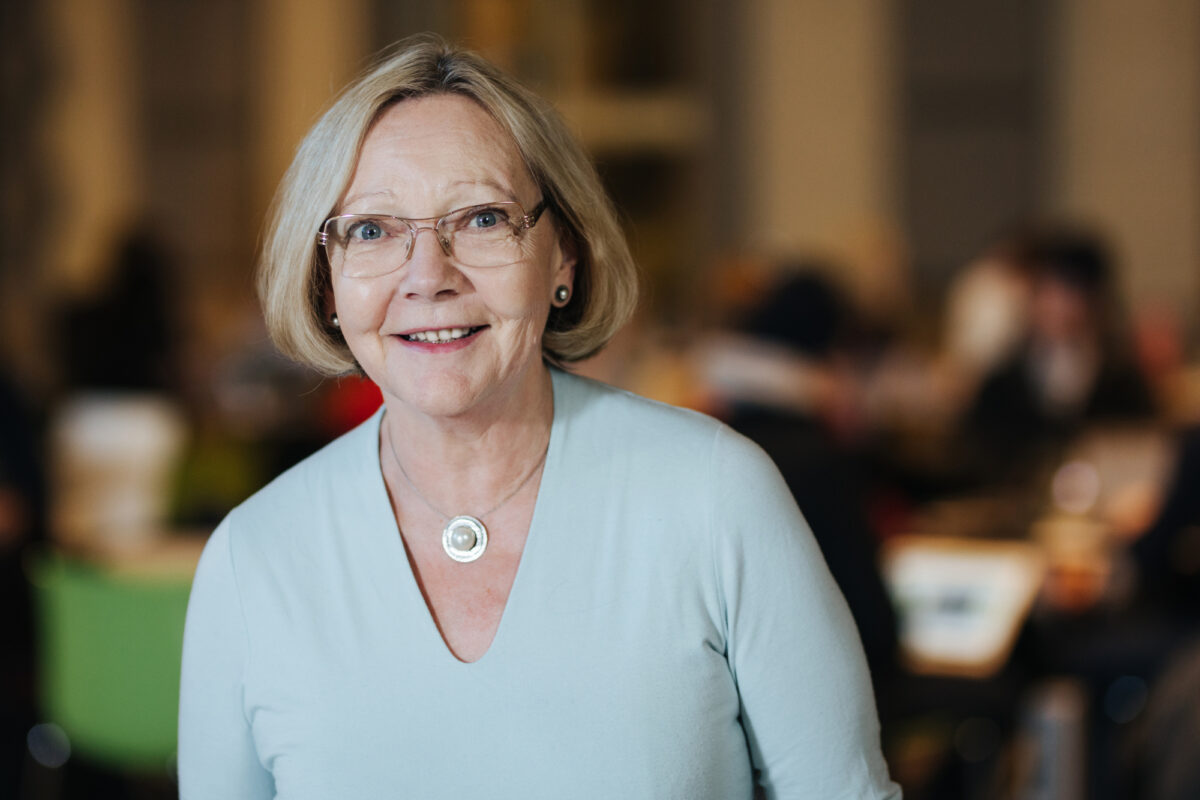This article has been translated with DeepL.
NEW RESEARCH | More vegetable growers are taking advantage of AI
- Published: 22 Dec 2023,
- 1:31 PM
- Updated: 22 Dec 2023,
- 11:48 AM

Traditional vegetable farming is increasingly competing with indoor farming driven by high-tech innovations. But what are the innovations? And why do growers choose to invest in them?
– So far, it is mainly herbs and leafy vegetables that are profitable to grow indoors with advanced technologies. They grow quickly and are sold at a premium. Other cheap vegetables that take a long time to grow, such as potatoes, are not profitable to grow in this way.
So says Annie Drottberger, Swedish University of Agricultural Sciences, who in her doctoral thesis has studied the innovations used by farmers in different production systems.
– Most growers are traditional and have been in business for a long time. They are mainly established family businesses with a background in agriculture or horticulture.
But with the development of technology, other types of growers have emerged.
– Vertical growers often have a background in technology or retail, and bring in venture capital to establish a farm from scratch.
The rise of vertical farming
Vertical farming is a growing trend in the industry. It involves growing large quantities of herbs and lettuce on floors in shelving systems with LED lighting, and the grower controls the light and nutritional content of the vegetables with advanced technology.

– And then there is farming-as-a-service, which is miniature vertical farming. The vegetables are grown in greenhouses or modules inside the store and are managed by employees. But detailed control with technology is managed by growers remotely through a cloud service.
Types of innovation
The most common innovations in vegetable farming are hydroponics (growing in water without soil), automation, LED lighting and artificial intelligence.
– Sensors in the crop collect data on light and nutrition, for example, and can develop a recipe to produce the best oregano or arugula using AI.
Annie Drottberger’s research shows that innovations are used differently in different production systems, and that farmers choose innovations that suit them.
– If you have a greenhouse, it is not compatible with vertical farming, as you already have access to light. And your heating system may not work with the new technology. What determines which innovation the grower brings in is whether the technology works with the technology the grower already has, which of course can create lock-in effects.
Conscious choices
Vegetable growers are an educated group who make informed choices based on their knowledge.
– It’s easy to think that vertical growers are the most educated, but both greenhouse and outdoor growers are also aware of the options available to them. Those who do not invest in high technology often feel that it is not suitable, too much of a risk or too expensive. Sometimes the best option is to choose not to make an investment.
What do you think vegetable farming will look like in 10-20 years? Will AI control everything, or will traditional farming remain?
– Much of the production will be technical, but several different systems will exist in parallel. Slow-growing vegetables are not profitable to grow vertically, but it is difficult to know what will happen in 20 years. What matters are the conditions of the site, the cost of the land, whether or not it is urban farming and the weather. If it is very dry or rainy, it creates a more vulnerable situation,” says Annie Drottberger.
Contact annie.drottberger@slu.se
More about the thesis
Annie Drottberger recently defended her PhD at the Swedish University of Agricultural Sciences (SLU) with the thesis Introduction and adoption of innovations in horticultural production systems. The thesis also includes a study on how technology can lead to more sustainable cultivation.
More articles on the same theme:
Hard-coded salad revolutionizes business model
Digital innovation key to sustainable agriculture – or?



